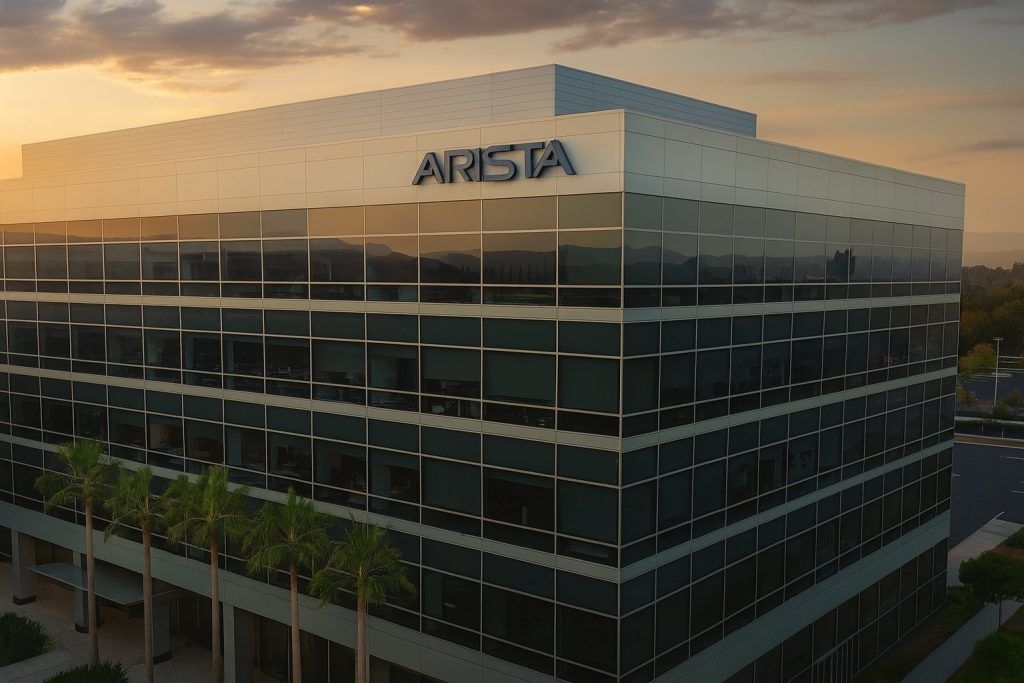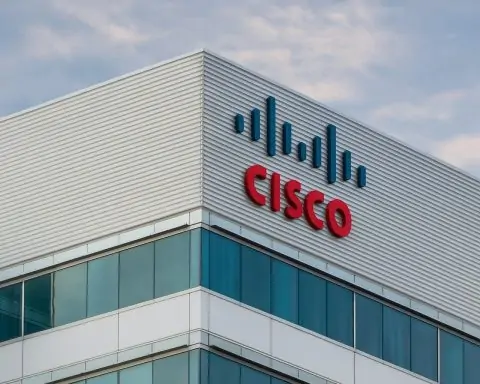Published: November 16, 2025 (ahead of the U.S. market open on Monday, November 17, 2025).
Quick take: Lam Research (NASDAQ: LRCX) heads into the week with solid recent results, constructive near‑term guidance, a dividend that was lifted this fall, and fresh analyst support—tempered by evolving U.S.–China export rules that can sway equipment demand and shipping timelines. As of the latest trade late Friday (Nov. 15, 01:15 UTC), LRCX last changed hands at $148.26, implying a market cap of about $162.4B and a trailing P/E near 28.
1) The quarter that’s setting the tone
Lam’s most recent report (fiscal Q1 FY2026, quarter ended Sept. 28, 2025) delivered $5.32B in revenue, 50.6% non‑GAAP gross margin, and non‑GAAP EPS of $1.26. Management guided the current December quarter to $5.20B ± $300M and non‑GAAP EPS of $1.15 ± $0.10. Cash and equivalents rose to $6.7B, and deferred revenue increased to $2.77B. [1]
Two mix points matter for Monday’s open:
- Geography:China represented 43% of Lam’s September‑quarter revenue (Taiwan 19%, Korea 15%). This keeps China policy front‑and‑center for the stock. [2]
- Business lines:Systems revenue was $3.55B and Customer Support & Others was $1.78B, underscoring steady installed‑base monetization alongside new tool demand. [3]
Capital returns: Lam repurchased ~$976M of stock and paid ~$292M in dividends during the quarter; the board raised the quarterly dividend to $0.26 in August (paid Oct. 15). The most recent declaration keeps the dividend at $0.26 with the next payment slated for Jan. 7, 2026 to holders of record Dec. 3, 2025. [4]
2) What changed since the print: sector read‑throughs and policy watch
Peer read‑through (Friday): After reporting, Applied Materials offered cautious guidance and noted a step‑down in China revenue, reminding investors that China mix and licensing remain active drivers across wafer‑fab equipment (WFE). For Lam, the takeaway is less about immediate demand and more about mix and timing risk in China versus AI‑led strength elsewhere. [5]
Lam’s own guidance context (Oct. 22): Beyond the IR numbers, outside coverage stressed that Lam’s second‑quarter outlook outpaced Street expectations thanks to AI‑related tool demand—a theme still dominating the WFE cycle. [6]
Export‑control backdrop:
- VEU revocations: Washington revoked the Validated End‑User (VEU) fast‑track for shipments of U.S. tools to TSMC Nanjing (effective Dec. 31, 2025), following similar steps for Korean fabs. That adds friction to China shipments for U.S. toolmakers, including Lam. [7]
- Affiliates Rule suspension (new last week): On Nov. 10, 2025, the U.S. BIS issued a one‑year suspension of the so‑called Affiliates Rule, easing certain compliance constraints through Nov. 9, 2026 unless extended or changed. This nuance helps around some non‑listed affiliates even as VEU rollbacks hurt fast‑track shipments—netting to a more complex, case‑by‑case licensing landscape for China‑exposed revenue. [8]
Bottom line for Monday: Expect Lam to trade with China headlines and peer read‑throughs, while the AI/HBM build‑out continues to underpin order books and services revenue.
3) AI and HBM remain the structural tailwinds
The WFE cycle is now tightly linked to AI accelerators and HBM (high‑bandwidth memory). On the memory side, SK hynix said it completed internal certification for HBM4 and is preparing mass production—implying continued etch/deposition demand for advanced DRAM and supporting Lam’s exposure to AI memory capex. [9]
Multiple industry trackers also expect HBM revenues and capacity to expand into 2026, sustaining a favorable setup for Lam’s etch and deposition franchises, even if quarterly mix swings are inevitable. [10]
4) Street sentiment heading into the week
- Fresh target hike:Citi lifted its LRCX price target to $190 (Buy) last week, citing higher WFE estimates with AI investment still running hot. [11]
- Recent upgrade:Deutsche Bank upgraded Lam to Buy late September, arguing the stock still had room to climb on stronger equipment spending across memory and advanced logic. [12]
The combination of above‑consensus guidance, dividend support, and constructive analyst revisions frames a generally positive bias—again, moderated by policy‑driven timing risk in China.
5) Valuation & tape check (for context, not advice)
- Last price (Nov. 15, 01:15 UTC):$148.26
- Market cap:~$162.4B
- Trailing P/E:~27.95
These are pre‑premarket reference levels; watch how futures and any overnight China headlines color sentiment before the opening bell.
6) What to watch at the Nov. 17 open
- China headline risk vs. orders timing: With 43% of last quarter’s revenue from China, any further clarity (or controversy) on licensing, VEU alternatives, or customer order pacing could move the shares. [13]
- Peer spillover: Reactions to Applied Materials’ tone on China/near‑term guidance can tug at Lam’s multiple intra‑day. [14]
- AI/HBM newsflow: Follow‑ons from DRAM makers on HBM ramps (e.g., SK hynix HBM4 readiness) keep the structural bull case intact. [15]
- Capital‑return profile: The $0.26 quarterly dividend and ongoing buybacks provide a floor during volatility; next declared payout is scheduled for Jan. 7 (record date Dec. 3). [16]
- Guidance credence: Lam’s $5.20B ± $300M revenue guide for the Dec. quarter is a key yardstick for models—any early supply‑chain or policy commentary could influence conviction. [17]
7) Risk checklist (keep these in mind)
- Policy whiplash risk: The one‑year Affiliates Rule suspension partly offsets friction, but VEU revocations still mean more licenses and potentially longer lead times into Chinese fabs. Timeline and enforcement details can affect Lam’s delivery cadence. [18]
- Customer concentration by region: A high China revenue mix magnifies the impact of any additional restrictions or customer behavior changes. [19]
- Cycle normalization: Sector‑wide moderating guidance (see AMAT) shows the WFE cycle is choppy despite AI strength; near‑term quarters can see order push‑outs or mix shifts. [20]
8) The bottom line for Monday
Lam enters the Nov. 17 session with positive momentum from its October print, above‑Street guidance, a higher dividend, and supportive HBM/AI demand drivers. The swing factor remains China: regulatory updates and customer‑specific licensing outcomes can nudge near‑term shipments—but the multi‑year thesis tied to AI compute and memory scaling is intact. Traders should weigh that structural tailwind against policy‑driven timing risk as premarket indications emerge. [21]
This article is for information only and is not investment advice. Always do your own research.
References
1. investor.lamresearch.com, 2. investor.lamresearch.com, 3. investor.lamresearch.com, 4. investor.lamresearch.com, 5. www.marketwatch.com, 6. www.reuters.com, 7. www.reuters.com, 8. public-inspection.federalregister.gov, 9. www.reuters.com, 10. www.yolegroup.com, 11. www.tipranks.com, 12. www.barrons.com, 13. investor.lamresearch.com, 14. www.marketwatch.com, 15. www.reuters.com, 16. www.marketbeat.com, 17. investor.lamresearch.com, 18. public-inspection.federalregister.gov, 19. investor.lamresearch.com, 20. www.marketwatch.com, 21. investor.lamresearch.com









